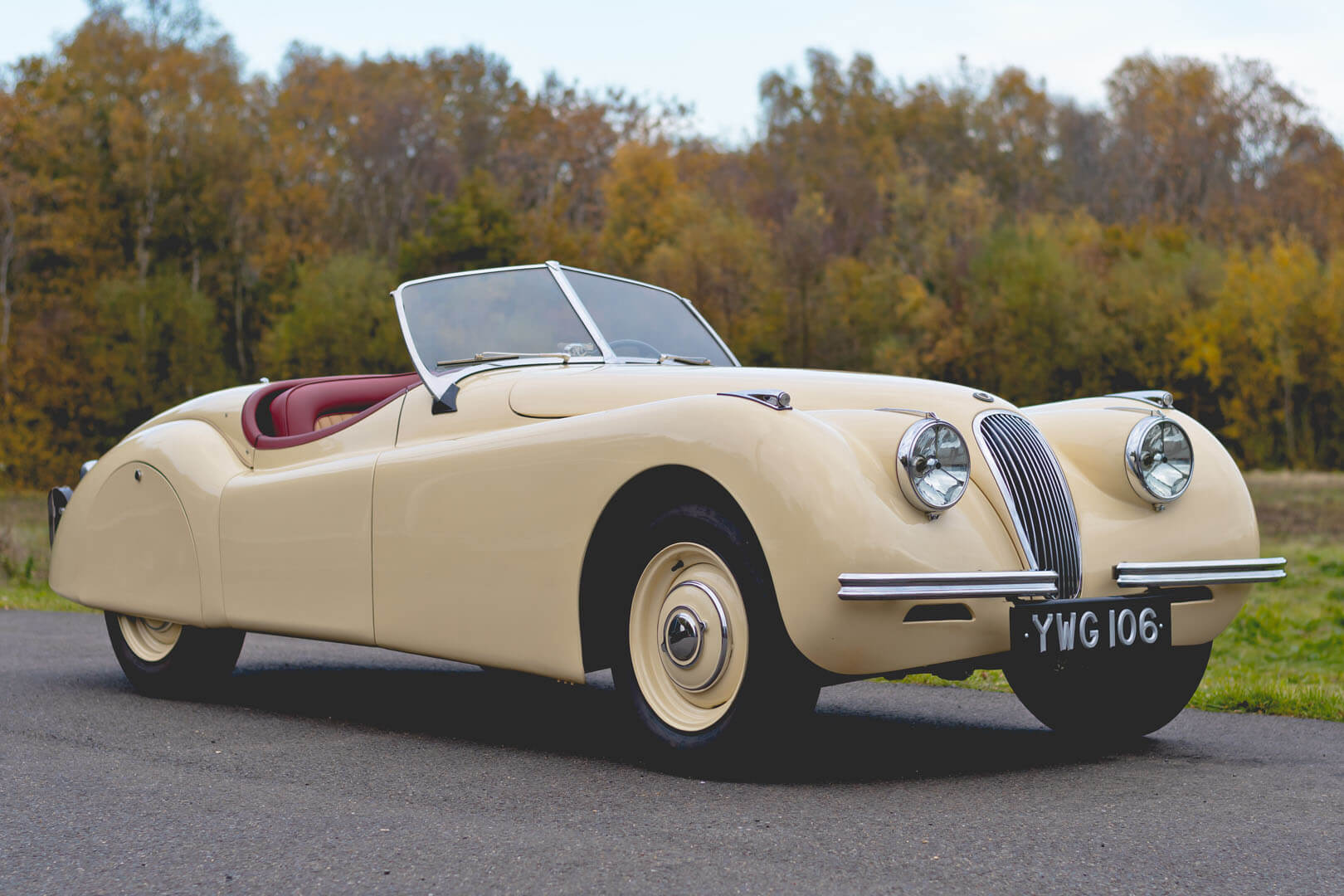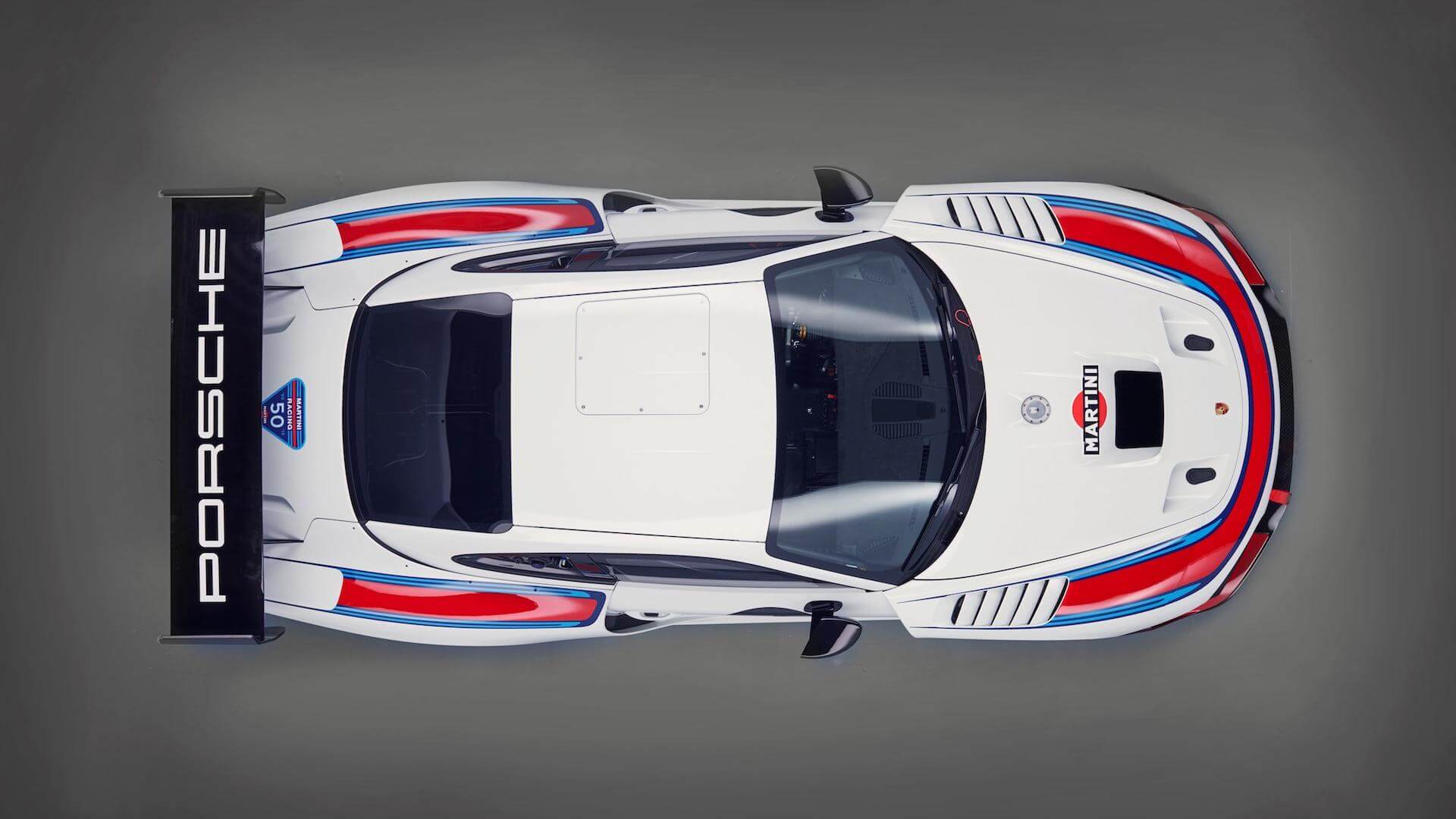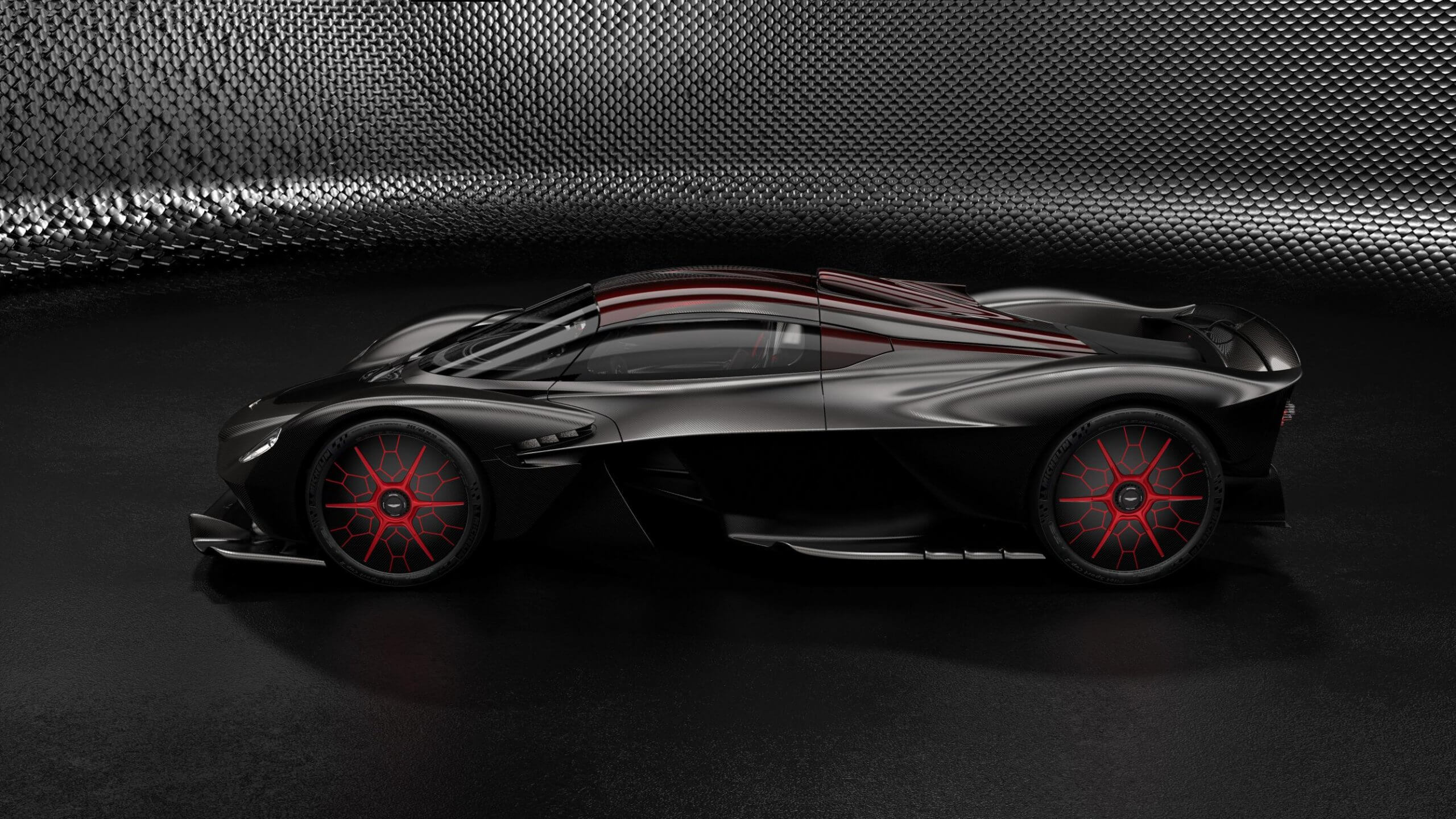The BMW 507 was so perfectly resolved in terms of design that only two stylists attempted to improve on the Graf’s work. One was Raymond Loewy, in 1957, but his creation was so ugly it is but a curious footnote in the history of the iconic car. But there was another designer who tried it, and his work makes much more sense. Giovanni Michelotti, so well known in Britain for his work on various Triumphs, from the Herald to the Stag, was a prolific designer who always sought ways to entice new customers. Hoping to win a new contract with BMW (he was already consulting on the BMW 700) he started sketching a more modern skin for the BMW 507 chassis in 1957. Michelotti bought a chassis via the Italian BMW importer, Alessandro Paolini of Casa dell’ Automobili, in 1958, and contracted the body panel work to Scaglietti in Modena, the builder of so many fantastic Ferrari bodies, and the assembly was done at the workshop of Alfredo Vignale in Turin.
This prototype, acquired by BMW in 2006 after a complicated life, is now called “3200 Michelotti Vignale”, and was originally presented publicly in Turin in 1959. Unfortunately for both BMW and Michelotti, the talented Italian was unable to persuade BMW to continue the production of the 507 with an updated body, built in Italy at lower cost. The car looks a bit like a Maserati, and has a completely different air to that of a standard Von Goertz 507. It also has electric window lifters and a cockpit more cramped than the regular one.
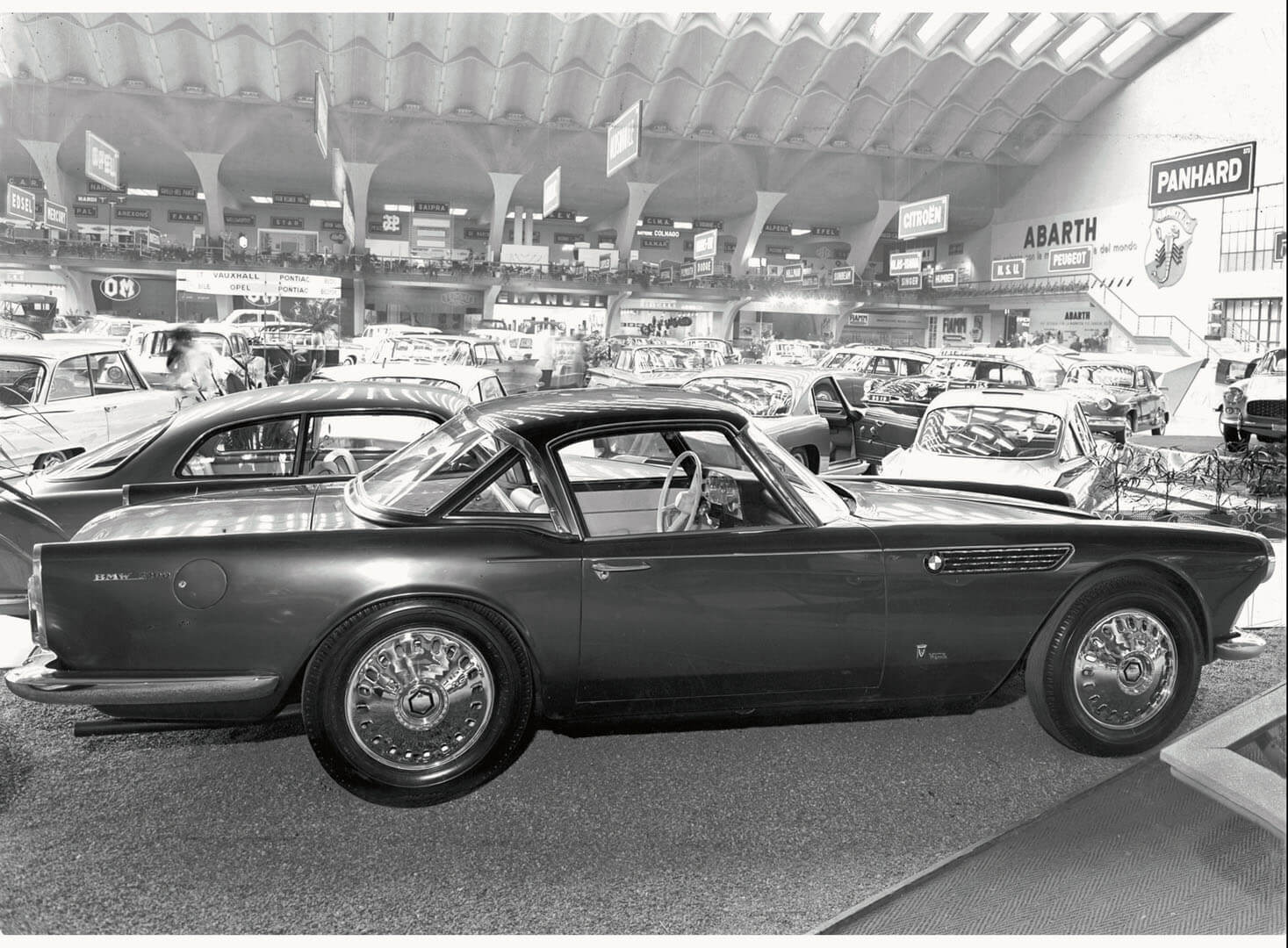
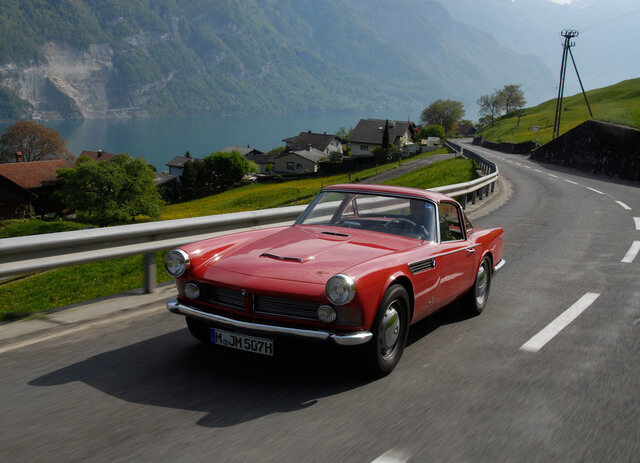
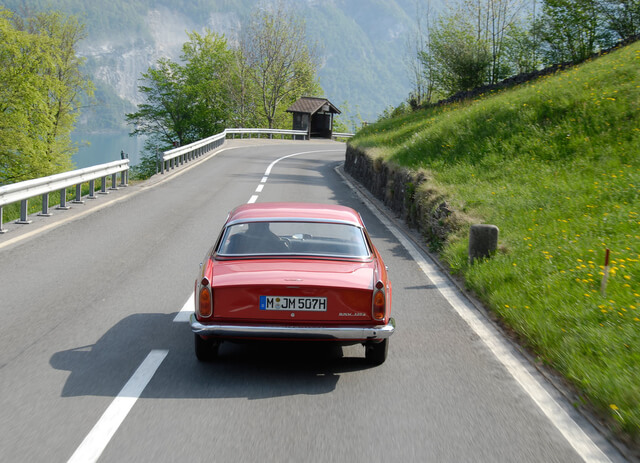
Having driven both a normal 507 and the Michelotti prototype over the same roads, I must admit that the latter proved more stimulating, perhaps due to its unique nature and complicated provenance. It is in fact heavier, probably due to its prototype nature and the abundant use of lead filler by Vignale’s craftsmen. Still, due to a different, less relaxed driving position and a different windshield vista, the placement of the car in corners seems curiously easier, and I was tempted to push it harder. A different exhaust note, much harsher and louder, also lends the car a different flavor. A redesigned dashboard looks right. Do I like it more than the standard car? In terms of appearance, no, but in terms of rarity and history, I have to give it the nod.
While being road-tested in the heat of an Alpine spring it suffered from the same ailment which many 507’s suffer from, namely fuel starvation resulting probably from fuel evaporation from the twin carbs efficiently heated in the vee of the V8 engine. At full throttle the car would run smoothly, and when the pedal was lifted, the engine would die no matter what speed you were traveling at and what traffic predicament you would find yourself in. If the speed was high enough, you could declutch, and then drop the clutch and the engine would catch. If you were going slowly, the car would stall and the driver would inevitably end up red-faced.
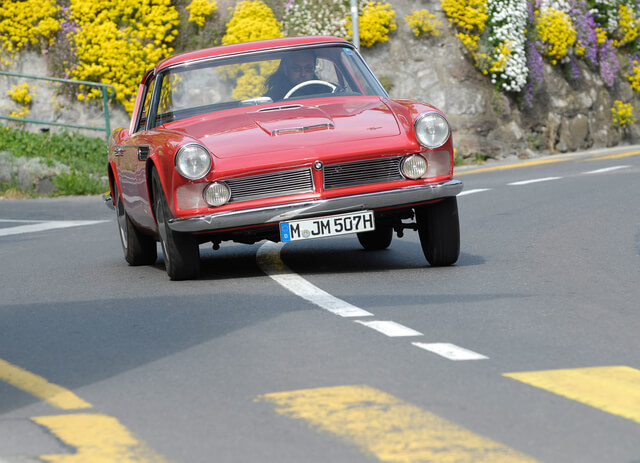
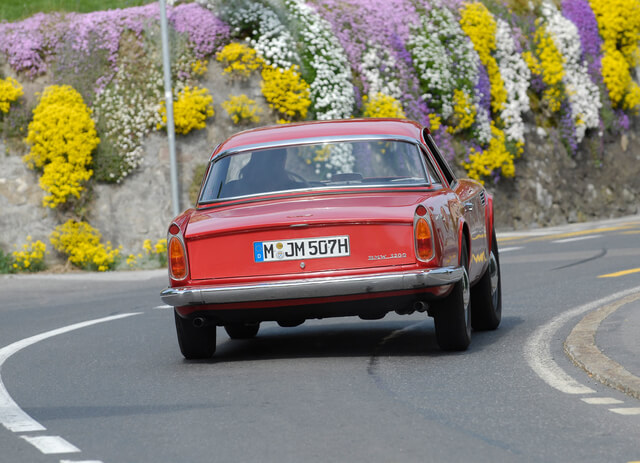
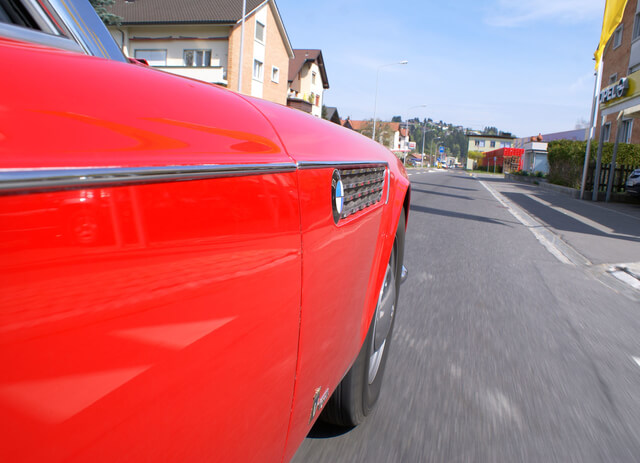

It happened to me too during a photoshoot, running up an incline in a picturesque Swiss village, right in front of a group of jaded British journalists… Much to their surprise I engaged reverse, pressed the clutch pedal and sped away downhill, backwards, propelled by gravity, on a very twisty road with only the inside rearview mirror for guidance. When I felt the car was moving fast enough, I released the clutch, the engine caught and I could drive back up in first, keeping the revs high. A risky move, I admit, but nothing very new to someone taught to drive in Communist-era junk. Perhaps that incident is one of the reasons I feel endeared to the befinned BMW-based Michelotti prototype?
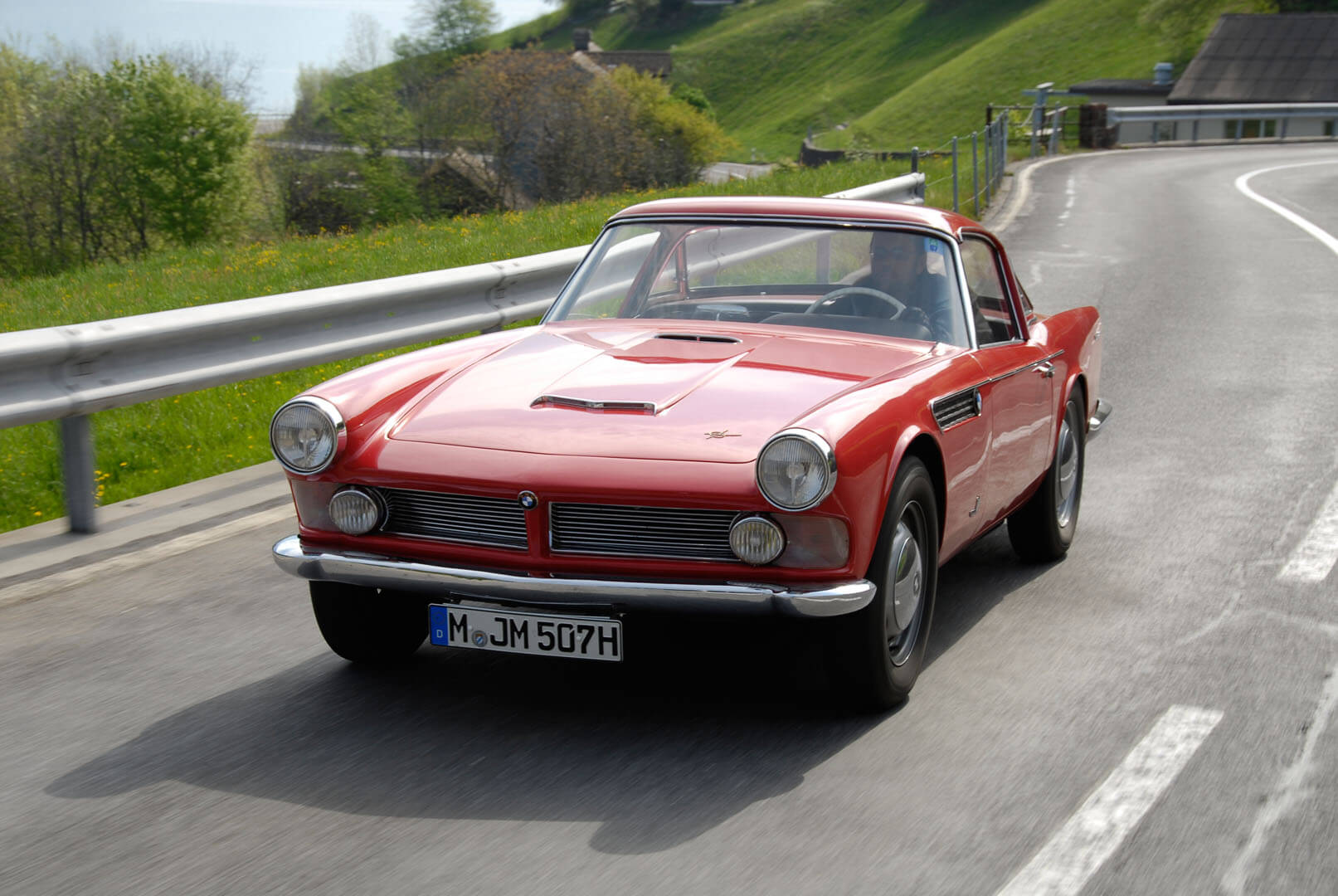
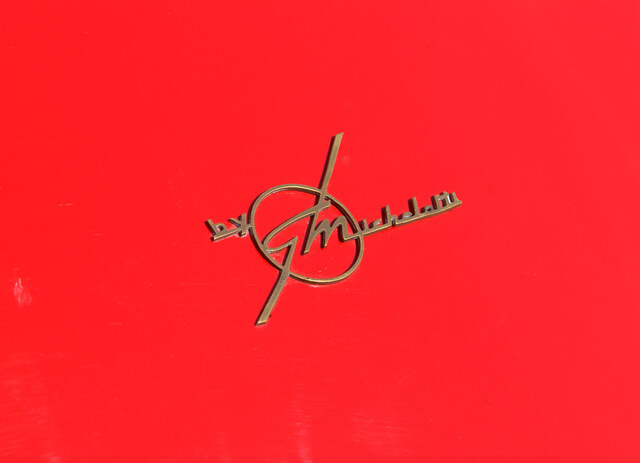
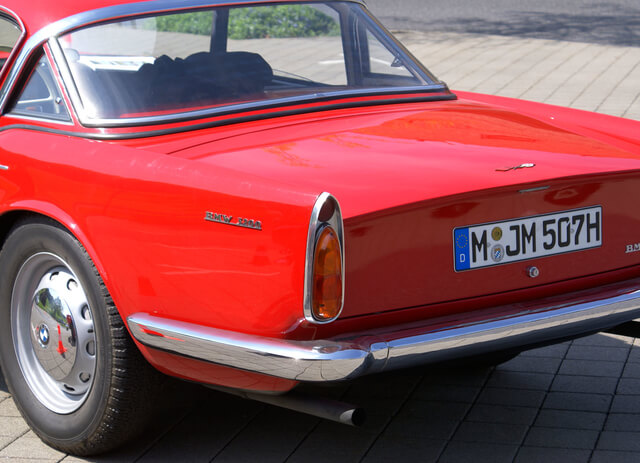
I am not exactly a fan of the 507 as an icon, and of the gushing style used to describe it usually, but I see its importance in the grand scheme of things, especially as an incentive to view past failures as victories, with the benefit of hindsight. BMW can do that extremely well.
